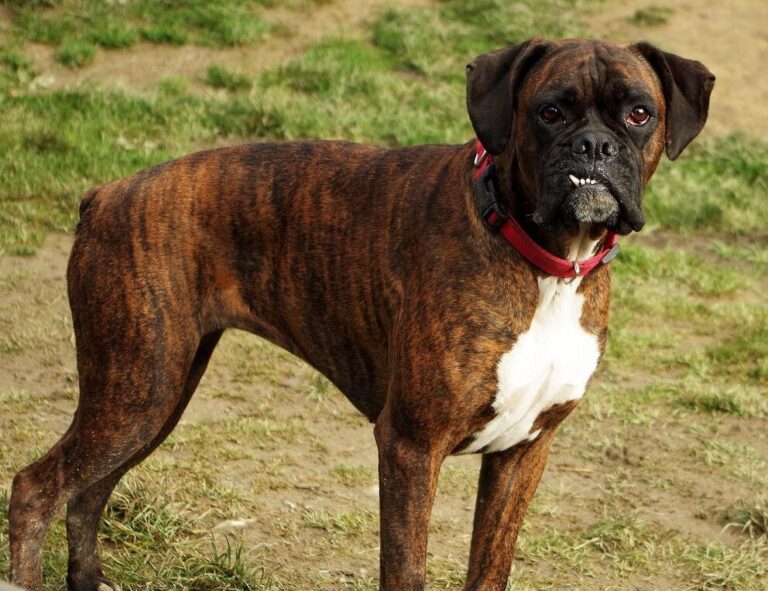What We’re Learning About The Dogs Living In Chernobyl’s Fallout
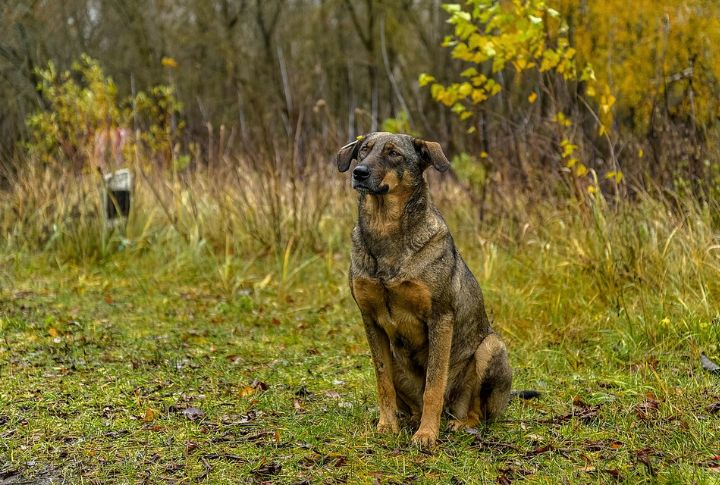
When disaster struck Chernobyl, the people left, but their dogs didn’t. Decades later, their descendants still roam the exclusion zone, surviving in one of the most hazardous environments on Earth. Researchers are now finding unexpected patterns in their lives. Could these dogs be adapting in ways we never imagined? Here are 10 discoveries shedding light on their mysterious evolution.
Excel In The Most Radioactive Zones

Despite inhabiting areas with dangerous radiation levels, dog populations near Chernobyl’s reactor remain stable. Many even roam freely in locations considered uninhabitable for humans. Their ability to survive and reproduce in such a toxic zone continues to puzzle researchers studying resilience in harsh ecosystems.
Maintain Stable Packs With Limited Genetic Mixing
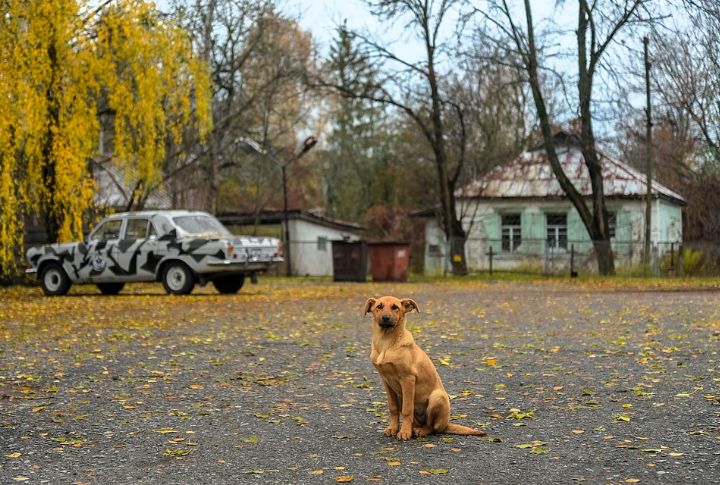
Populations around the reactor show little gene flow with outside dogs. This isolation has led to the formation of genetically distinct family groups. The structure of these packs presents a rare opportunity to study evolutionary changes over multiple generations in a tightly confined and contaminated environment.
Show Possible Adaptations In DNA Repair Genes
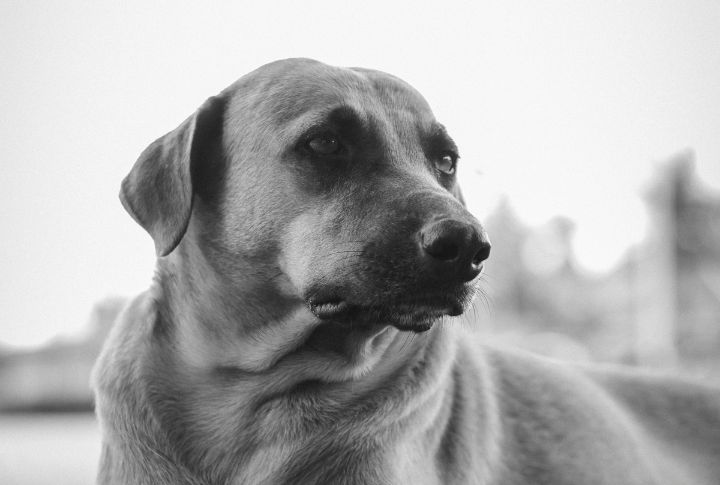
Genetic sequencing points to changes in DNA repair pathways, likely influenced by constant radiation exposure. Chernobyl dogs have developed unique genetic traits that may aid in surviving radiation, offering valuable insights into resilience and adaptation.
Reproduce Successfully Despite Radiation Exposure
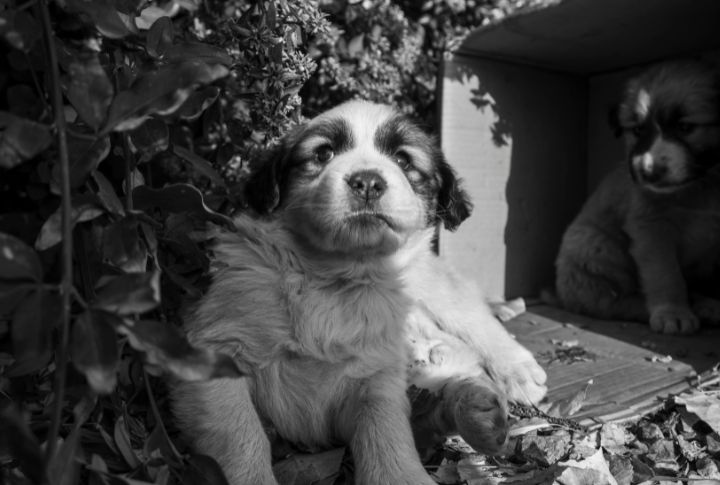
Female dogs give birth to multiple litters annually, and many pups survive to adulthood. The Chernobyl Dog Research Initiative (CDRI) study estimates that over 800 dogs are estimated to live near the site today. This reproductive success, under conditions considered dangerous to most mammals, continues to surprise both biologists and radiation experts.
May Have Stronger Immune Responses
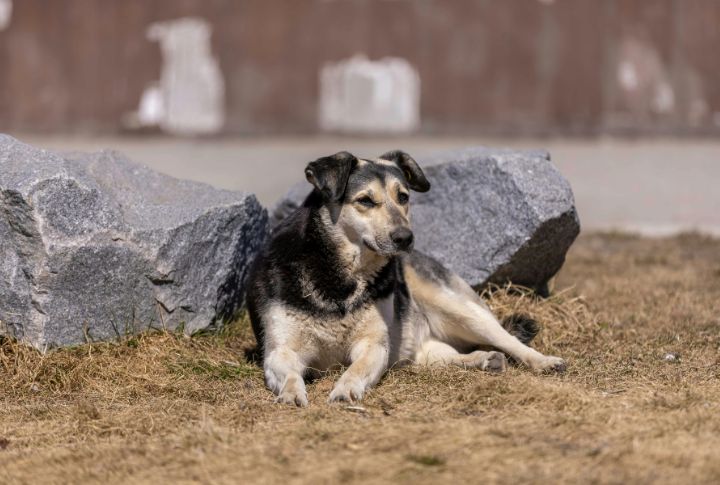
Exposure to low-dose radiation may have triggered stronger immune defenses over time. Unlike typical radiation-exposed mammals, these dogs haven’t shown high rates of cancer. Though still under study, their immune systems appear to function efficiently despite daily contamination risks in the environment.
Exhibit Territorial Behavior Around Contaminated Zones
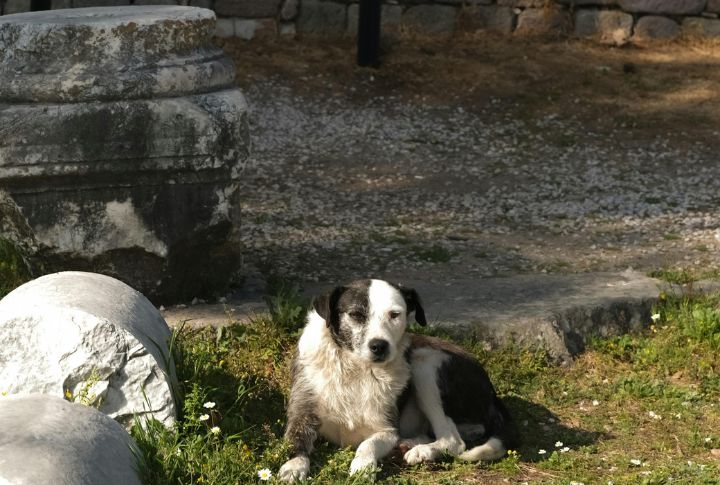
Groups of dogs maintain consistent territories, often near reactor ruins or abandoned buildings. Their pack dynamics include guarding access points and defending zones against outsiders. Such behavior complicates tourist safety; as dogs can act aggressively to protect spaces, they’ve long claimed as home.
Rely On Human Interaction Despite Isolation
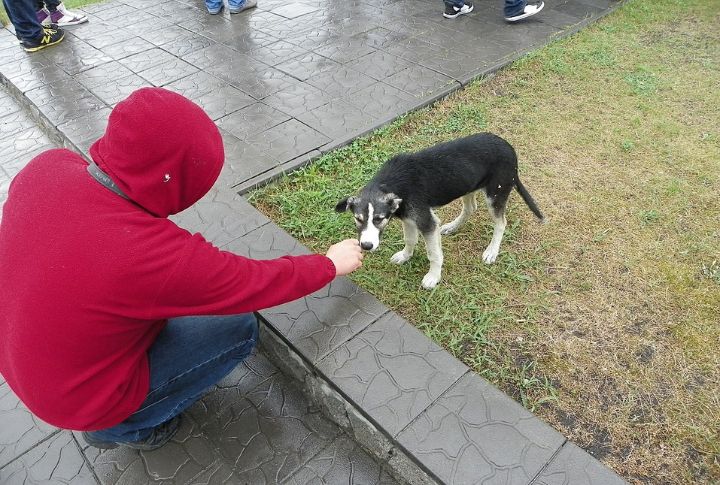
Many dogs seek food and attention from plant workers, soldiers, and researchers. Some even follow routine human schedules, appearing at the same checkpoints daily. Such social dependence on humans continues despite decades of isolation, likely passed down through learned behavior and survival instincts.
Avoid Dangerous Areas Through Learned Behavior
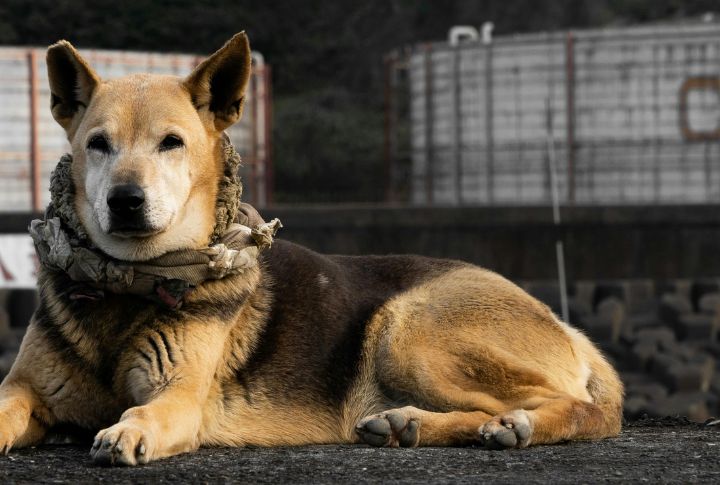
Observations suggest some dogs have learned to steer clear of highly contaminated areas. Packs often cluster in lower-radiation zones, like near service buildings or open terrain. This behavioral adaptation may have evolved through trial and error, passed down by older dogs in each pack.
May Hold Clues For Future Radiation Medicine

Long-term survival in a radioactive environment positions Chornobyl’s dogs as valuable models for research. Genetic insights from these animals could influence new therapies for cancer treatment or even prepare humans for deep-space missions, where radiation poses a serious threat to cellular health.
Thrive On Scavenged Diets With Minimal Health Impact
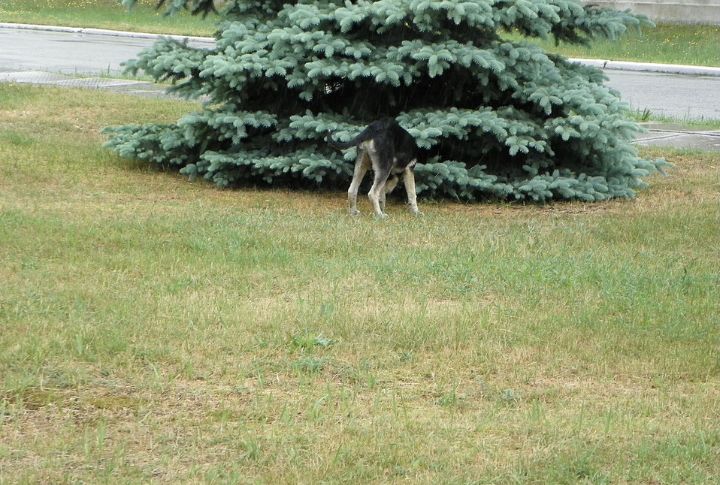
Chernobyl’s dogs survive primarily by scavenging—eating discarded food, rodents, and even contaminated materials. Surprisingly, many show no signs of severe malnutrition or poisoning. This suggests a possible physiological adjustment to low-quality or chemically exposed diets, giving scientists a rare look at how mammals might metabolize environmental toxins over generations.
